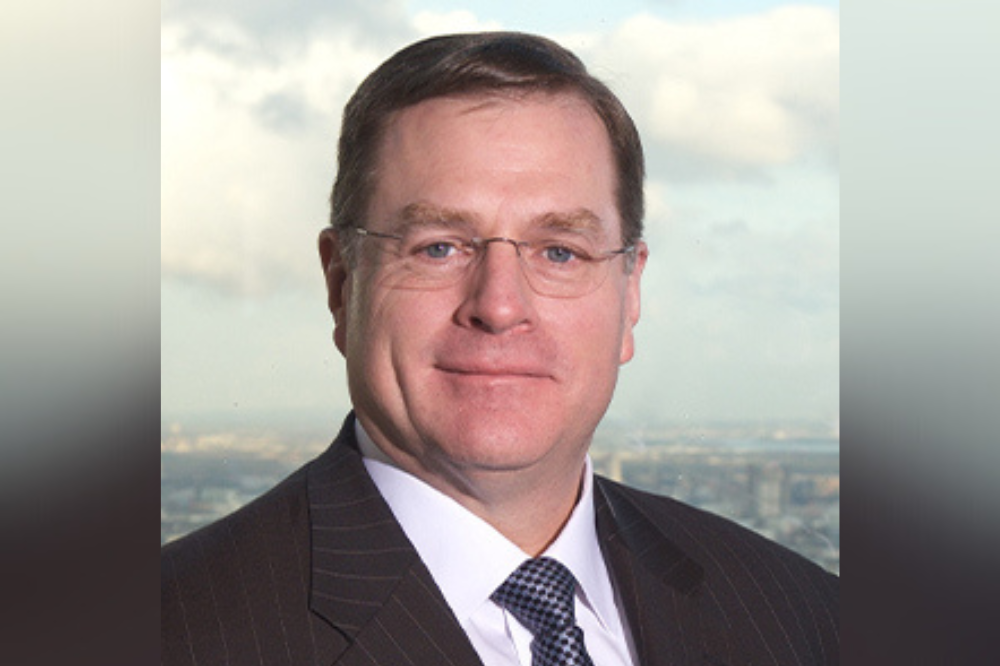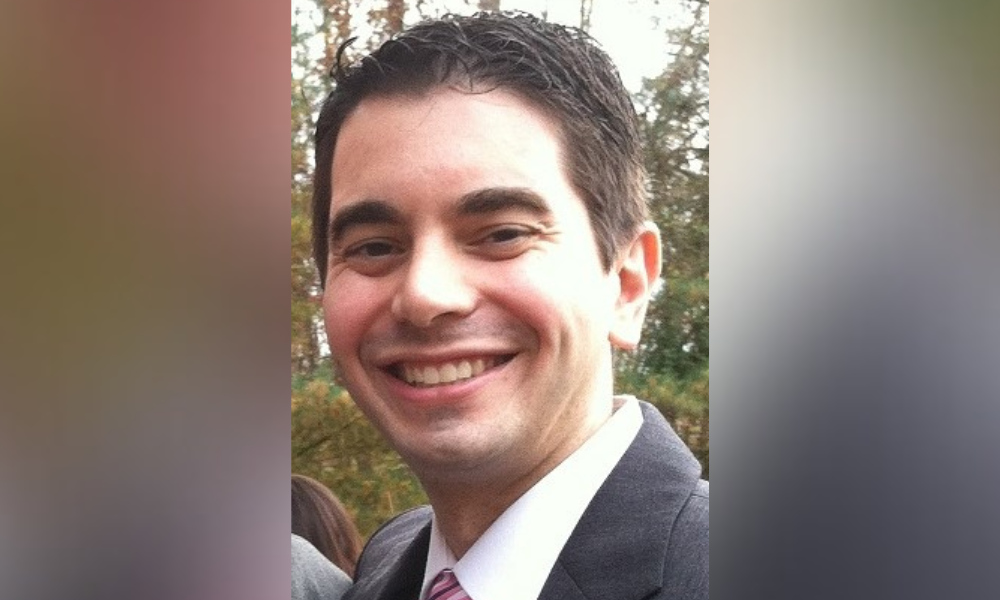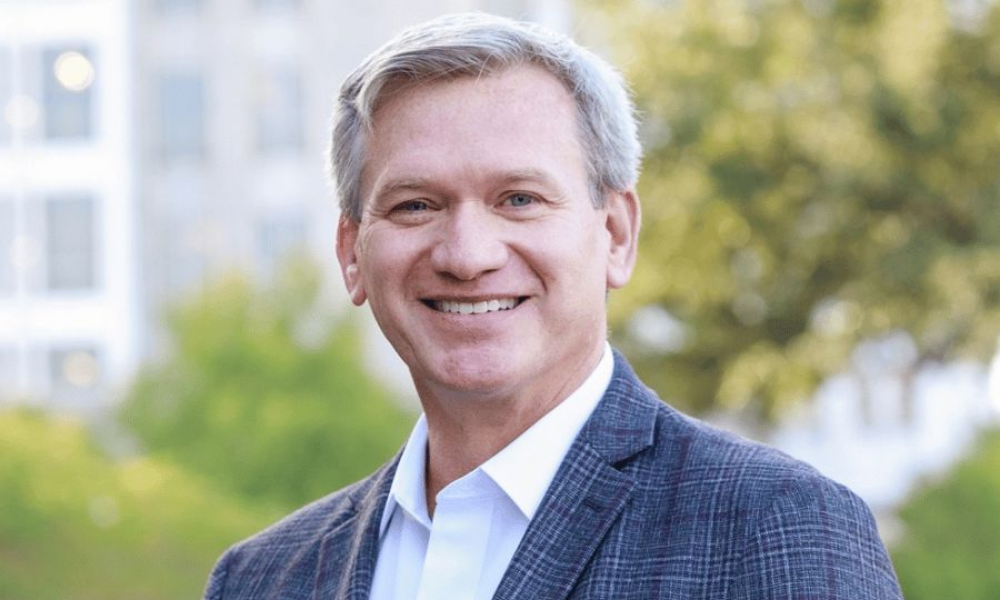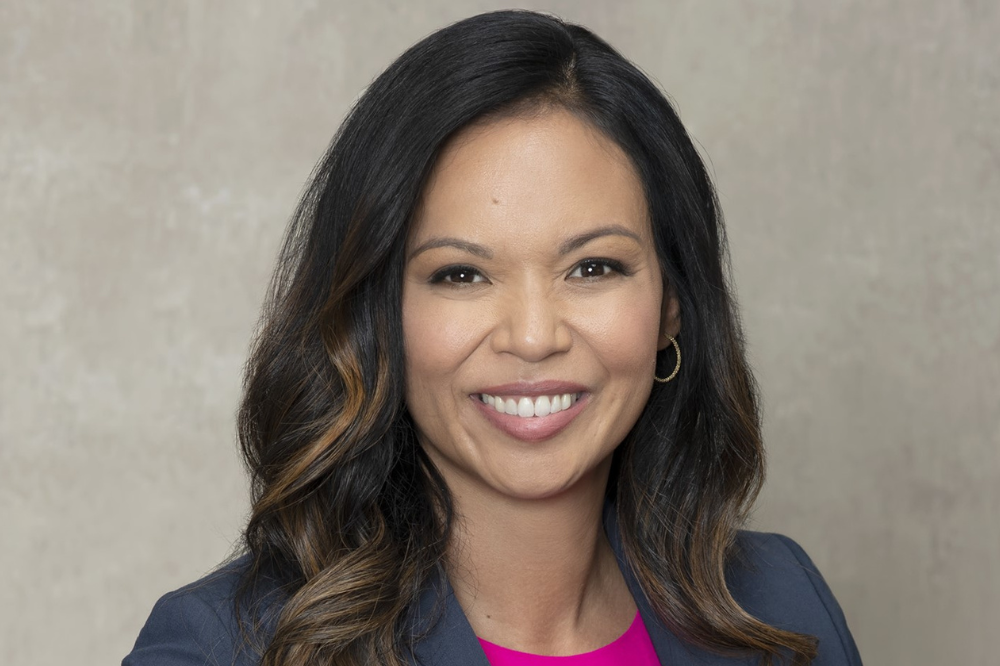Are we relying too much on catastrophe modeling for insurance? | Insurance business America
This great leader in the insurance brokerage industry believes so
Disaster and flood
By Jen Frost
Natural disasters have caused hundreds of billions of dollars in insurance losses so far this decade, and some have questioned the adequacy of the catastrophe models used by insurers to hedge risk. But actuarial and risk modeling experts are confident they can and will catch up.
In a Sunday interview with the FT, Aon CEO Greg Case (pictured below) highlighted the need for better modeling to keep up with losses from weather events such as severe convective storms and wildfires. The CEO of the world’s second largest insurance broker emphasized that reflecting on “history to predict the future” is not enough when it comes to catastrophe, cyber or AI-related losses.
According to Aon, insurers suffered $118 billion in natural catastrophe losses worldwide last year. It is the fourth year in a row that insured losses have exceeded the $100 billion mark.
It was also a record year for the number of loss events of $1 billion or more. At least 66 of these natural disasters occurred, well above the 21st century average of 43. The industry could be on track for another loss-making year of over $100 billion in 2024, with Swiss Re calling this the “new normal.” explained.

Pictured: Greg Case, CEO of Aon
Right or wrong? A “mistake” in the risk model
Models should be just one tool in an insurer’s arsenal when it comes to underwriting and pricing, Chris Platania (pictured below), SVP of Amwins and head of actuarial services, told IBA. This is particularly the case when measuring events of higher frequency and lower severity, such as severe storms.

An “important distinction” needs to be made between long-tested hurricane and earthquake models and new models that cover more common and less severe hazards such as floods, severe storms and wildfires, Platania said.
“On the side of severe convective storms and wildfires, we’ve seen a lot more of that in recent years,” Platania said. “It’s difficult because when you use a model you go into a fuzzier area than when you just use historical experience.”
Platania predicted that with such population booms evolving unpredictably in higher-risk areas and Tornado Alley’s expanding reach, coupled with the models updating every few years, it could take time for the models to catch up.
In the United States alone, severe convective storms (SCS) caused $58 billion in insured losses last year.
“It will probably take a few years before they can focus much better on that presence, but they will get there,” Platania said. In the meantime, Platania expects insurance carriers and actuaries will take the differences between model outputs and outputs into account in their pricing and underwriting algorithms.
“Models don’t predict the future, they won’t tell you exactly what’s going to happen tomorrow,” Platania said. “It’s a bit of a fallacy that people think, ‘Well, the model is wrong.’ Of course it’s wrong, it won’t be accurate, but it will give you – directionally – the information you need.”
Natural disasters and insurance – the global impact
Natural disasters will again cost insurers more than $100 billion in 2023. According to Swiss Re Institute:
Insured damage caused by natural disasters
2023: $117 billion
2022: $141 billion
10-year average: $99 billion
Economic losses caused by natural disasters
2023: $291 billion
2022: $295 billion
10-year average: $235 billion
Global disaster protection gap
2023: $174 billion
2022: $155 billion
10-year average: $136 billion
Risk Modeling – Roll the Dice (10,000 times)
According to Giovanni Garcia (pictured below), managing director of Verisk’s London office, saying that models are not doing their job in adequately assessing possible changing climate risks does not get to the root of the insurance challenge.

“If you look at various sources like Swiss Re and others, we would say it is the fourth year in a row that we have recorded losses of $100 billion,” Garcia told IBA. “But when you compare that to our modeled results, the average annual loss from our models is currently $133 billion – even though the market, for lack of a better description, is preoccupied with the last few years and the most recent loss numbers, we are still I think this is below the long-term average.”
AIR Worldwide, part of Verisk since 2022, has been assessing the severe thunderstorm threat for decades. Embedded are scenarios from 10,000 years, comparable to rolling the dice 10,000 times to understand what can happen in a given year.
“We have had many years of losses that were higher than last year,” Garcia said of SCS’s overall impact. “We have scenarios that go well beyond that – it was a very active season given the sheer number of events that occurred, but we could demonstrate years where we have significantly more scenarios than last year.”
However, by their nature, models cannot be perfect. There is always room for improvement, Garcia acknowledged.
Risk modeling firms
Risk modeling companies include:
- AIR Worldwide – Part of Verisk
- Moody’s RMS – Acquired by Moody’s in 2021 for $2 billion
- CORELOGIC – acquired EQECAT in 2013 for $20.5 million
What happens next with risk modeling?
AIR Worldwide creates climate status catalogs. The goal is to show his clients what their portfolios might look like in “30, 50 or 70 years,” Garcia said.
Machine learning and AI are used to create models and bring them to market faster. Companies typically update their models every three to five years, but technology could speed up the process.
Verisk’s AIR Worldwide also engages in physics-based climate modeling, designed to help modelers take a more connected look at events around the world.
“Today, the events in Japan listed in our catalog would be independent of the events in the United States,” Garcia said. “While in the future the first year will be a single global model, any correlations between the different basins, the different El Nino or La Nina phases will be captured explicitly, rather than today when we capture these implicitly.”
Do you have insight into natural disasters and cat risk modeling? Leave a comment below.
similar posts
Stay up to date with the latest news and events
Join our mailing list, it’s free!

Source link
2024-04-12 15:25:27
www.insurancebusinessmag.com









